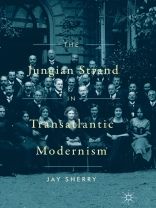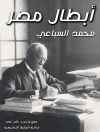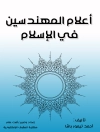In studies of psychology’s role in modernism, Carl Jung is usually relegated to a cameo appearance, if he appears at all. This book rethinks his place in modernist culture during its formative years, mapping Jung’s influence on a surprisingly vast transatlantic network of artists, writers, and thinkers. Jay Sherry sheds light on how this network grew and how Jung applied his unique view of the image-making capacity of the psyche to interpret such modernist icons as James Joyce and Pablo Picasso. His ambition to bridge the divide between the natural and human sciences resulted in a body of work that attracted a cohort of feminists and progressives involved in modern art, early childhood education, dance, and theater.
Содержание
1. American Dream, Myth, Nightmare.- 2. Beatrice Hinkle and the New Frontiers in Mental Health.- 3. Cultural Ferment in Greenwich Village.- 4. Moving on in the ’20s.- 5. Depression and Wartime.
Об авторе
Jay Sherry received his Ph D from Freie Universität in Berlin and currently teaches history and psychology at Long Island University, USA. His book
Carl Gustav Jung: Avant-Garde Conservative (Palgrave 2010) received the Gradiva Award.












